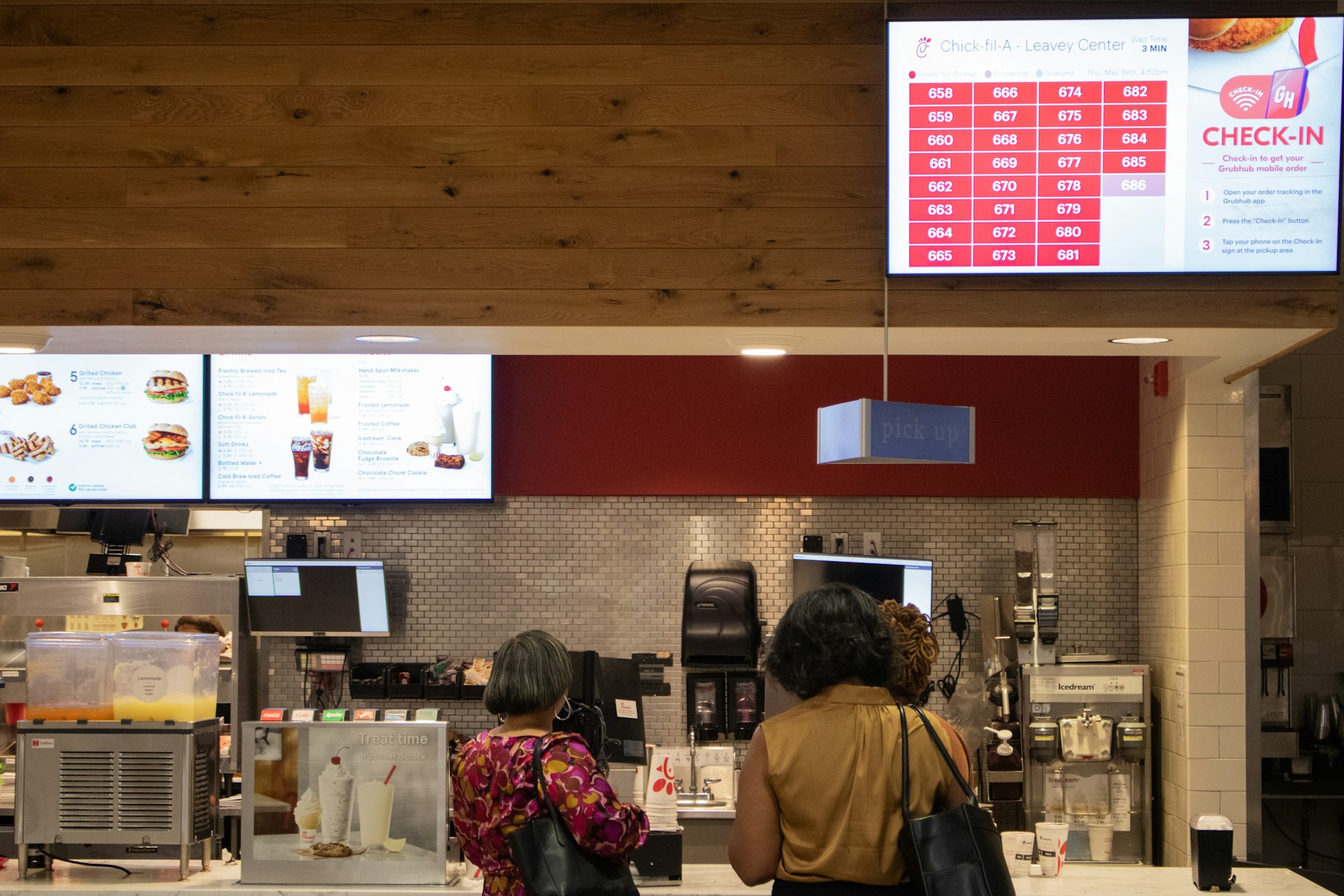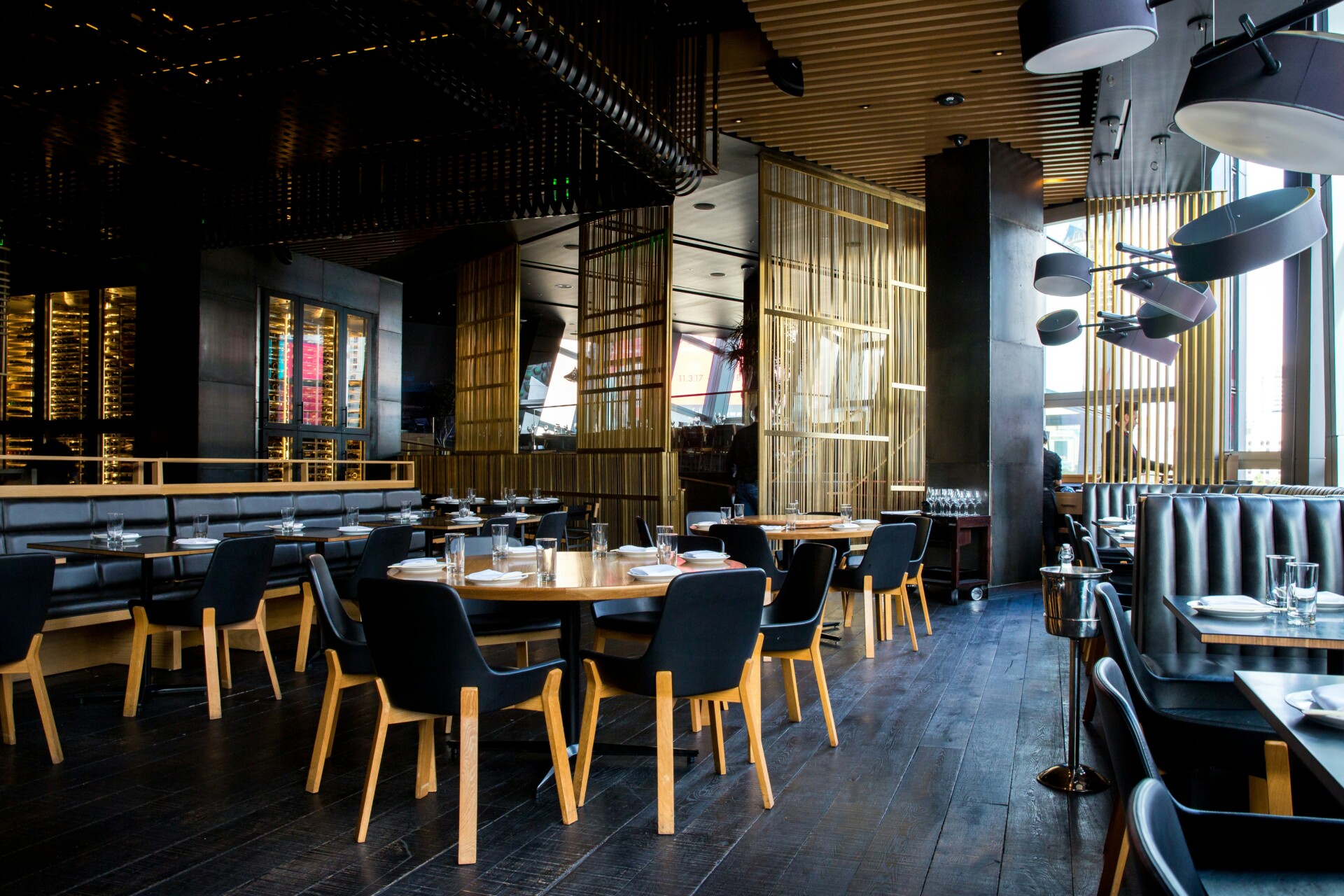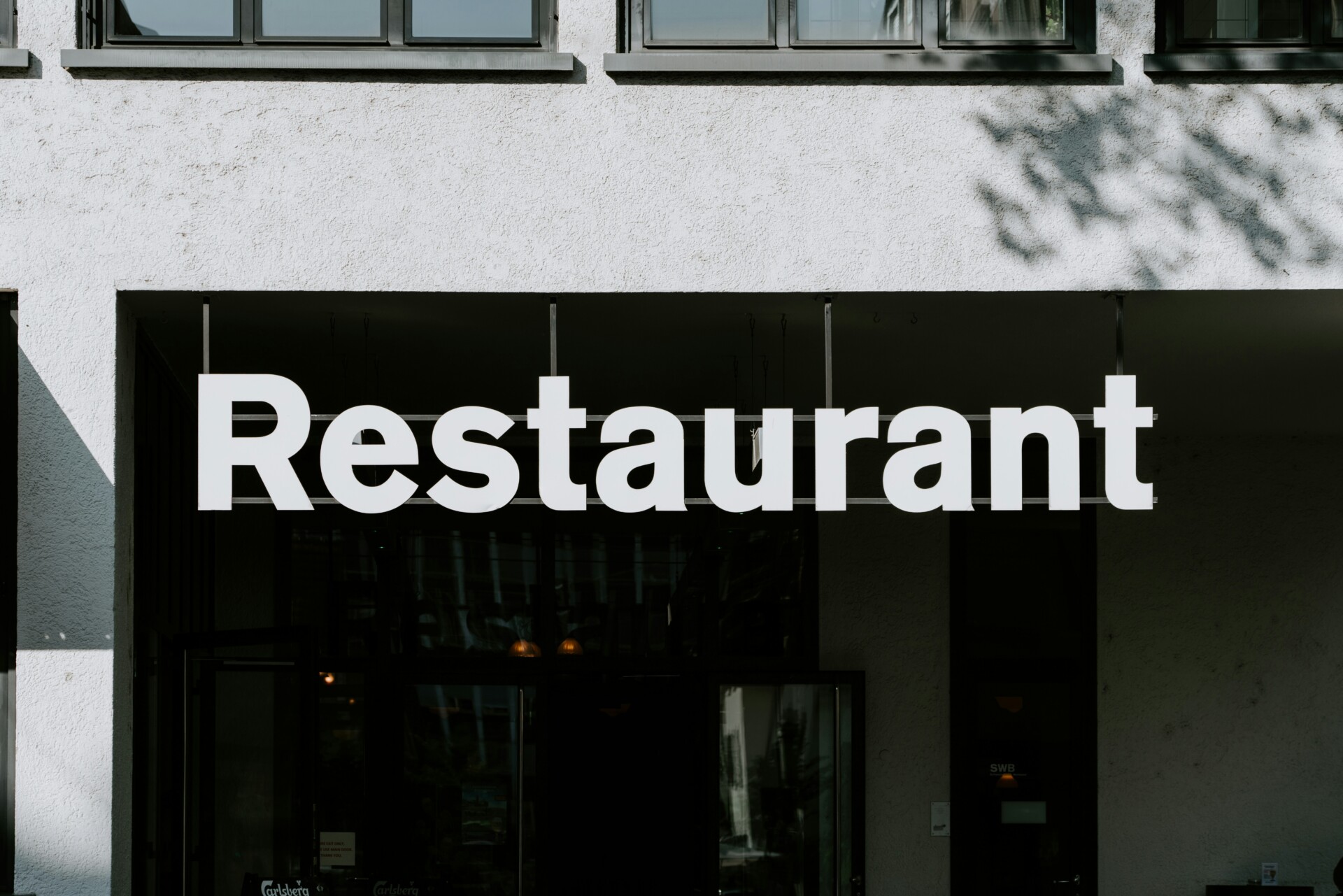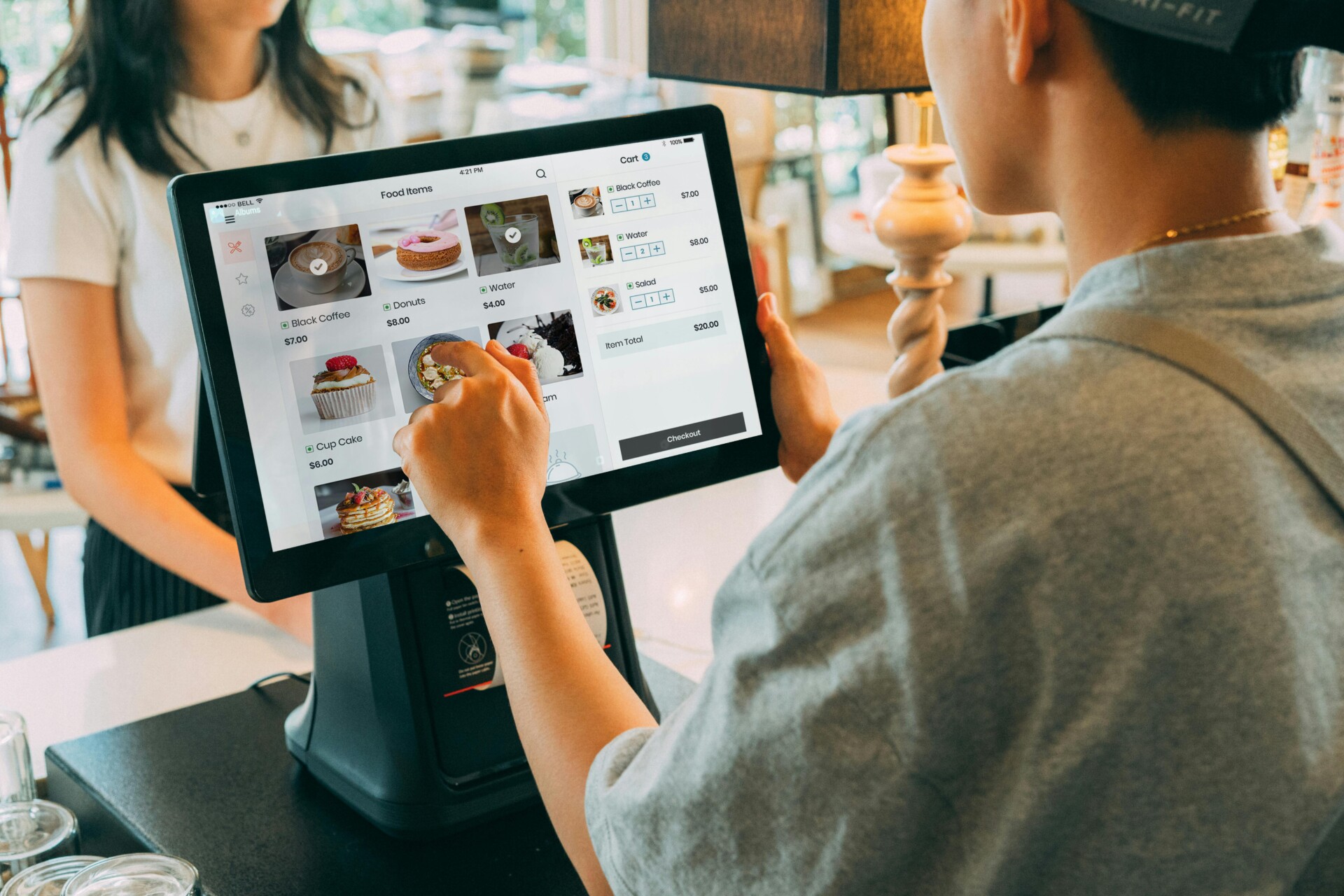At EB3. we believe fast food restaurant construction transforms an empty space into a fully functioning quick service restaurant built for speed and efficiency. This specialized process combines practical design, technical systems, and operational flow to create a space that serves customers quickly while maintaining food quality and safety standards.
At its core, fast food construction focuses on maximizing kitchen efficiency and optimizing customer flow. We carefully plan layouts to support rapid food preparation and service, often utilizing assembly line-style kitchen setups. Seating areas are designed to encourage quick turnover while still providing a comfortable dining experience.
The build process encompasses everything from initial architectural drawings and permit applications to installing specialized kitchen equipment and refining interior design elements that reinforce brand identity. We coordinate closely with health inspectors, fire marshals, and local building authorities throughout construction to ensure all codes and regulations are met.
Key considerations unique to fast food projects include:
- Designing drive-thru lanes and ordering systems for speed and accuracy
- Installing robust ventilation and fire suppression systems to handle high-volume cooking
- Creating durable, easy-to-clean surfaces that can withstand constant use
- Incorporating energy-efficient lighting and equipment to control operating costs
With consumer expectations for quick, quality food continually rising, today’s fast food construction requires a delicate balance of form and function. The end result should be a space that not only facilitates rapid service but also provides an inviting atmosphere that keeps customers returning.
How Much Does Fast Food Restaurant Construction Cost?
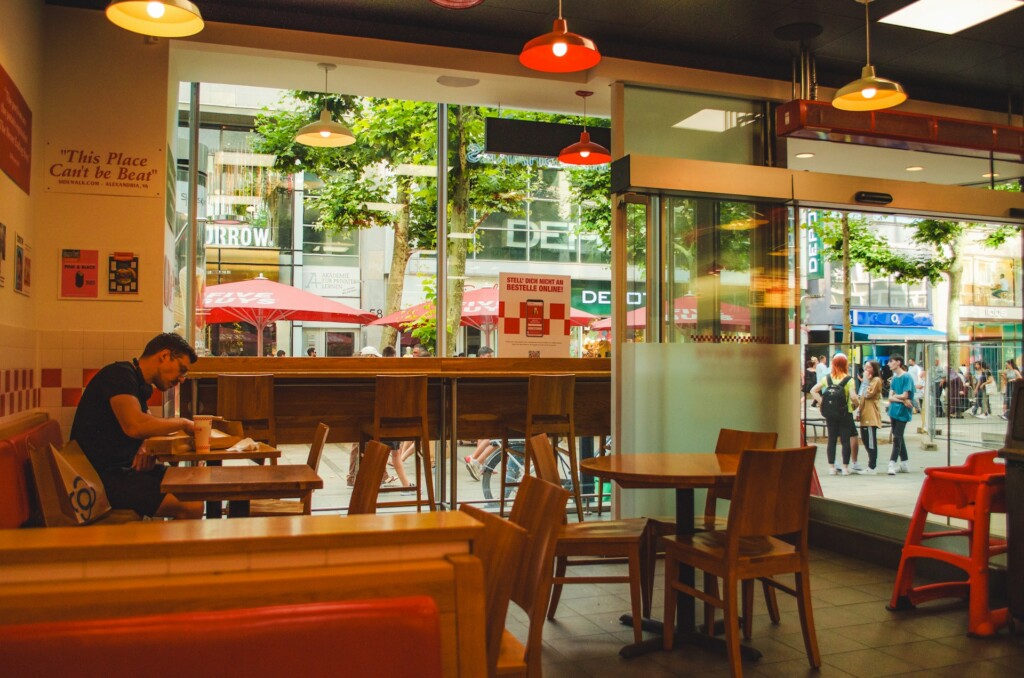
Fast food restaurant construction costs typically range from $100 to $600 per square foot, with the national average for a 4,000 square foot building reaching approximately $900,000 for union labor or $818,000 for open shop construction. These costs include the building structure, contractor fees, and architectural services.
The price varies significantly based on several key factors:
- Location – Construction costs tend to be higher in major urban areas.
- Building materials – Premium materials drive up costs.
- Design complexity – More intricate designs require additional labor and materials.
- Restaurant type – Fast food tends to be less expensive than casual or fine dining.
While simple fast food establishments fall on the lower end of the cost spectrum, more upscale concepts like casual dining or fine dining restaurants can cost up to $1,000 per square foot to construct. The wide range in potential costs highlights the importance of thorough planning and budgeting.
To help visualize the spectrum of costs, here’s a breakdown of typical price ranges by restaurant type:
| Restaurant Type | Construction Cost per Square Foot |
|---|---|
| Fast Food | $100 – $650 |
| Casual Dining | $150 – $750 |
| Fine Dining | $200 – $1,000 |
Disclaimer: Pricing figures are based on publicly available market data and are intended for general estimation purposes as of {{MONTH YEAR}}. They do not represent a formal quote from EB3 Construction. Actual costs will vary by project scope, location, labor rates, and material prices.
When budgeting for a fast food restaurant build, it’s wise to include a contingency of 10-20% for unexpected expenses. Variables such as permit delays, material cost fluctuations, and necessary design changes can affect the final price. Working with an experienced contractor specializing in restaurant construction can help manage costs and navigate potential pitfalls.
We coordinate closely with restaurant owners, architects, and subcontractors throughout the construction process to balance budget constraints with quality and functionality. Our goal is to deliver an efficient, cost-effective build that positions your fast food concept for operational success.
What Are the Key Phases of Fast Food Restaurant Construction?
Fast food restaurant construction follows a well-defined process with several distinct phases. At EB3 Construction, we’ve refined our approach to efficiently move projects from initial concept to grand opening. Here are the key stages:
Pre-Construction Planning
The foundation of any successful fast food build begins long before the first shovel hits the ground. During pre-construction, we focus on:
- Establishing realistic timelines and budgets
- Conducting thorough site surveys to identify potential challenges
- Securing all necessary permits and approvals
- Ensuring compliance with local health codes and zoning regulations
This careful planning helps prevent costly delays and change orders down the line. We work closely with restaurant owners to align our construction strategy with their operational goals and brand standards.
Design Development
With the groundwork laid, we move into the design phase. Here, we collaborate with architects and restaurant operators to create a space that’s both functional and inviting. Key considerations include:
- Optimizing kitchen layout for efficient food preparation and service
- Configuring dining areas to maximize seating while maintaining traffic flow
- Designing drive-thru lanes for speed and convenience
- Integrating technology like digital menu boards and self-service kiosks
Our team brings extensive experience in fast food construction, allowing us to offer valuable insights on design elements that enhance operations and customer experience.
Construction Phase
Once designs are finalized, we mobilize quickly to begin the build. The construction phase is where our project management expertise truly shines. We coordinate multiple trades working in close quarters, often on tight timelines. Our approach includes:
- Precise scheduling to keep work progressing efficiently
- Rigorous quality control inspections at key milestones
- Proactive communication to address any issues before they impact the schedule
- Careful site management to maintain safety and minimize disruption
By leveraging proven modern construction techniques and our network of reliable subcontractors, we’re able to deliver high-quality results at the rapid pace the fast food industry demands.
Post-Construction and Handover
As construction nears completion, our focus shifts to ensuring the restaurant is ready for operation. This final phase includes:
- Coordinating final inspections with local authorities
- Addressing any outstanding punch list items
- Testing all equipment and systems
- Providing necessary documentation and training to the restaurant staff
We don’t consider our job complete until the restaurant is fully operational and the owners are satisfied with every aspect of the build.
Throughout each of these phases, our team maintains open lines of communication with all stakeholders. This collaborative approach, combined with our industry-specific expertise, allows us to navigate the unique challenges of fast food restaurant construction and deliver projects that set our clients up for success.
What Are the Design Considerations for Fast Food Restaurants?
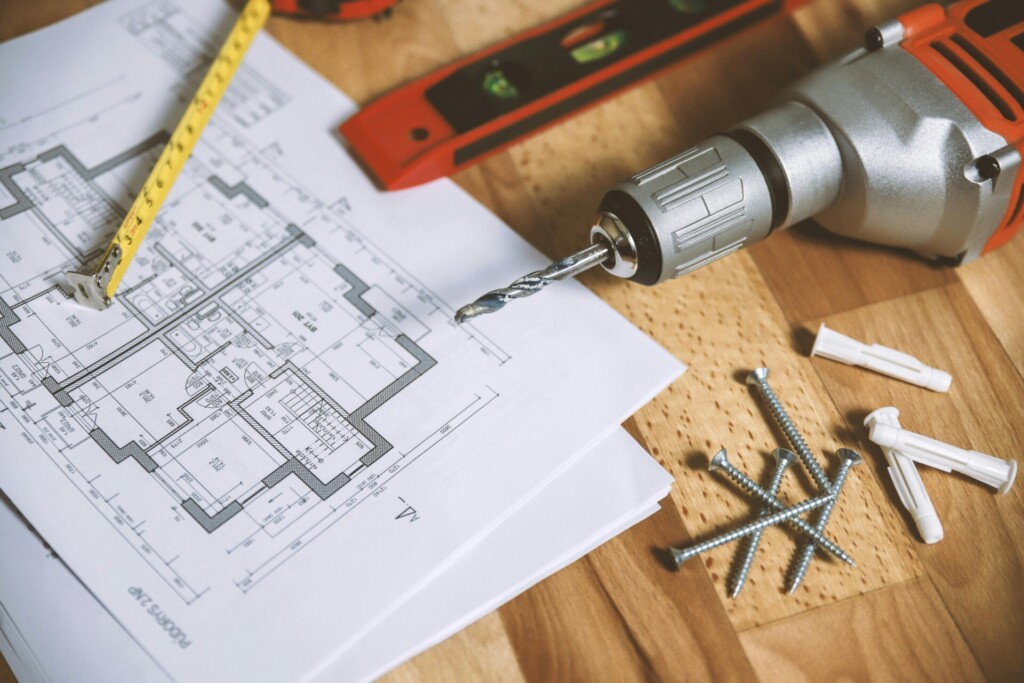
Designing fast food restaurants involves carefully balancing aesthetic appeal with operational efficiency. Several key design considerations shape the layout and functionality of these high-volume establishments:
Kitchen Layout
The kitchen typically occupies 60-80% of the total restaurant space, making its layout critical for optimal workflow. Fast food kitchens are designed with clearly defined zones for food preparation, cooking, assembly, and packaging. Strategic placement of equipment and workstations minimizes unnecessary movement and maximizes productivity. Ample aisle space allows staff to move efficiently during peak periods without creating bottlenecks.
Seating Area Configuration
While seating areas take up less square footage than kitchens, their arrangement significantly impacts customer experience and capacity. A mix of seating options is strategically configured to accommodate different group sizes:
- Single-seat counters or high-top tables for solo diners
- Two-person booths and tables for couples or pairs
- Four-top tables for small groups and families
- Larger booths or combinable tables for bigger parties
Proper spacing between tables ensures customer comfort while maximizing seating capacity. Typically, 12-15 square feet per seat is aimed for in fast food dining areas.
Order Counter Design
The design and organization of the order counter can significantly impact sales and operational flow. Research indicates that an effectively designed counter can increase sales by up to 30%. Key elements incorporated include:
- Clear, easily readable menu boards
- Logical arrangement of ordering stations
- Designated pickup areas for orders
- Ergonomic workspace for employees
- Integration of digital ordering kiosks when appropriate
Exterior and Drive-Thru Considerations
A fast food restaurant’s exterior design plays a crucial role in brand identity and functionality. Considerations include:
- Façade design that aligns with brand aesthetics
- Prominent, well-lit signage visible from roadways
- Efficient parking lot layout
- Drive-thru lane configuration to prevent traffic backups
- Landscaping that enhances curb appeal
For locations with drive-thrus, the external order point, pick-up window, and traffic flow are designed to maximize efficiency and minimize wait times.
Customer Flow and Space Utilization
Optimizing customer flow throughout the restaurant is essential for operational efficiency. Clear pathways from the entrance to ordering areas, seating, restrooms, and exits are mapped out. This careful space planning helps reduce congestion, improves the customer experience, and can increase throughput during busy periods.
By addressing these key design considerations, fast food restaurant environments are created not only to look appealing but also to function at peak efficiency to meet the demands of high-volume, quick-service operations.
How to Choose the Right Construction Partner for Your Fast Food Restaurant

Choosing the right construction partner is crucial for fast food restaurant projects. We prioritize contractors with specific experience in quick service restaurant (QSR) construction, who understand the industry’s unique needs. The best partners excel at speed-to-market delivery without compromising quality, as time directly impacts revenue generation in this sector.
When evaluating potential construction partners, we focus on several key factors:
Specialized QSR Experience
We prioritize contractors who demonstrate expertise in critical areas like drive-thru construction, kitchen equipment installation, and regulatory compliance for food service establishments. Their portfolio should showcase successful completion of similar fast food projects.
Speed and Efficiency
Fast food construction demands rapid turnaround. We seek partners with proven systems to accelerate timelines without cutting corners. Ask potential contractors about their strategies for parallel work streams and just-in-time material delivery to compress schedules.
Quality Control Processes
While speed is essential, quality can’t be sacrificed. We evaluate a contractor’s quality assurance protocols, including how they manage and inspect work from subcontractors. The right partner maintains high standards even under tight deadlines.
Communication and Transparency
Effective construction partners maintain clear, consistent communication throughout the process. We look for contractors who provide regular, detailed progress updates and quickly alert us to any potential issues or delays. Transparency in budgeting and change orders is also critical.
End-to-End Support
The best QSR contractors offer comprehensive services from initial planning through post-construction. We value partners who can assist with permitting, provide value engineering suggestions, and offer guidance on equipment selection and installation.
Competitive Pricing
While cost shouldn’t be the only factor, it’s important to ensure you’re getting fair market value. We recommend requesting bids from multiple qualified contractors to compare pricing. However, be wary of any estimates that seem unusually low, as they may indicate cut corners or hidden costs.
When interviewing potential construction partners, consider asking these key questions:
- How many fast food or QSR projects have you completed in the last two years?
- What is your typical timeline for a project of this scope?
- How do you manage and mitigate common delays in restaurant construction?
- Can you provide references from other QSR clients?
- What strategies do you use to control costs without compromising quality?
Choosing the right construction partner is an investment in your restaurant’s future. A contractor with extensive QSR experience can help avoid costly mistakes, accelerate your opening timeline, and ensure your new location supports efficient operations for years to come. Take the time to thoroughly vet potential partners—the effort upfront will pay dividends throughout your project and beyond.
Conclusion: Building Success in Fast Food Restaurant Construction
Fast food restaurant construction is a specialized process involving careful planning, strategic design, and expert execution. From establishing realistic budgets and timelines to creating functional spaces that enhance both operational efficiency and customer experience, each decision influences the project’s success. By understanding the typical costs, construction phases, design considerations, and the importance of selecting the right construction partner, restaurant owners can manage this complex process more effectively.
The fast-paced nature of the fast food industry requires construction projects that can keep up. We approach each build with a focus on durability, efficiency, and flexibility to support evolving business needs. Our experience shows that investing time in thorough planning and engaging the right expertise early yields benefits throughout the project lifecycle and beyond.
With proper planning and the right team, fast food construction projects can produce durable, efficient spaces that support both immediate business goals and long-term success in this competitive industry. As you embark on your next fast food restaurant construction venture, consider how the insights shared here can be applied to create a space that delights customers and drives business growth for years to come.
Ready to bring your fast food restaurant vision to life? Contact EB3 Construction to discuss how our specialized expertise can help ensure your project’s success from concept to completion.

